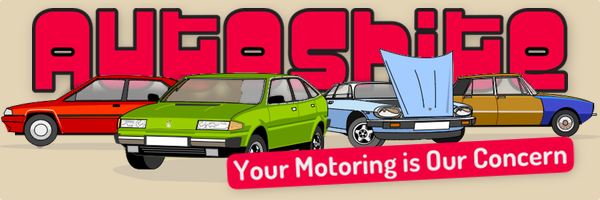Anyone know parking/clamping technicalities?
-
Similar Content
-
Shite in the park
By RetroShite,
- 6 replies
- 539 views
-
Park it in the market
By Rustybullethole,
- 10 replies
- 799 views
-
Shite in the park
By RetroShite,
- 11 replies
- 1,082 views
-
Long term parking
By Dick Longbridge,
- 20 replies
- 3,126 views
-
- 27 replies
- 3,899 views
-





Recommended Posts
Create an account or sign in to comment
You need to be a member in order to leave a comment
Create an account
Sign up for a new account in our community. It's easy!
Register a new accountSign in
Already have an account? Sign in here.
Sign In Now